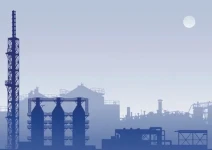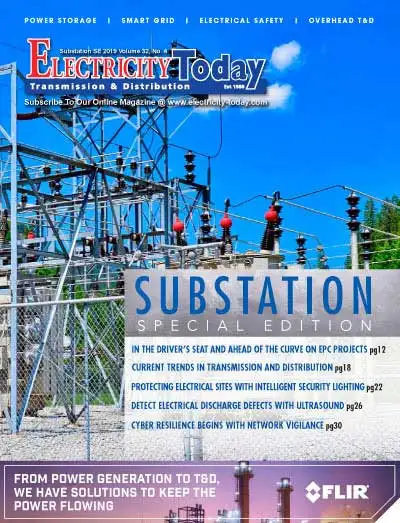Overcurrent and Short Circuit Protection
Cybersecurity for Protective Devices
Advancements in Encryption for Protective Devices
Motor Protection
Predictive Maintenance Trends Using Motor Protection Relays
Transformer Protection
Differential Protection for Power Transformers
Lightning Protection Systems
Design and Installation Challenges
Generator Protection
Digital Protection Relays for Generators
Electrical Protection
The Evolution of Generator Fault Detection
The reliable operation of power grids hinges on the ability to detect and isolate faults within generators promptly. Over time, fault detection methodologies have evolved significantly, with advancements in technology leading to more accurate, sophisticated, and intelligent approaches. This article explores the historical development of fault detection techniques in generator protection, tracing the journey from traditional methods to advanced analytics and AI-driven approaches.
Visit Our Electrical Protection Study Course
Traditional Fault Detection Methods
Historically, generator protection relied on electromechanical relays and simple electronic devices that offered basic fault detection capabilities.
Electromechanical Relays
Electromechanical relays were the cornerstone of early fault detection systems, operating on physical principles to detect overcurrents, overvoltages, or other anomalies indicative of faults.
Limitations of Traditional Methods
While reliable within their operating parameters, these traditional systems had limitations in terms of speed, selectivity, and sensitivity to complex fault conditions, often leading to delayed or inaccurate fault detection.
Advancements in Electronic and Digital Relays
The advent of electronic and later digital relays marked a significant leap forward in fault detection technology.
Enhanced Sensing and Analysis
Digital relays introduced more sophisticated sensing and analysis capabilities, with programmable logic and configurable settings to accurately identify and respond to a...



















